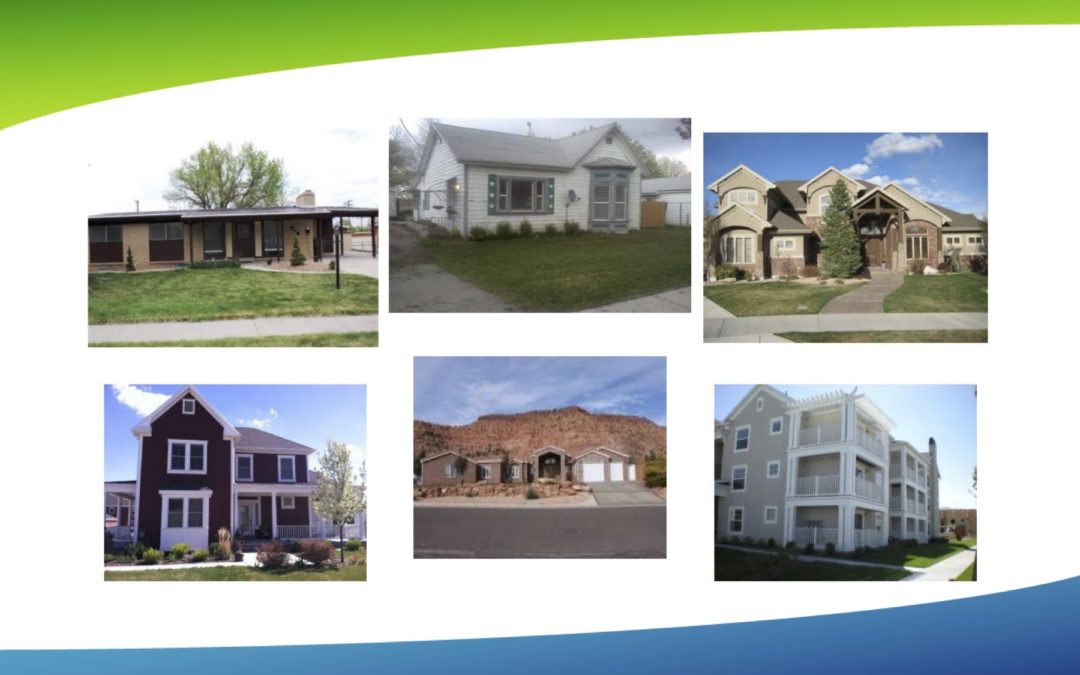Take a moment and look at the image above. Six properties, each as different as can be. Seeing them here, nicely tended and cared for, can you guess which ones are meth houses?
Here’s a hint: meth residue is odorless and has no visible presence. It also finds its way into the most unlikely of places. (Follow the news for any length of time and you’ll hear about meth labs in cars, schools, churches, and even nurseries). Of course, some meth sites are more obvious than others. They can breed a particular type of neglect. We often see houses where trash has piled indoors and out, with terrible wear and tear on the furnishings, or where clutter and decay claim every available inch. But even in these types of homes, you won’t be able to see the contamination itself. And other times, there’s no visible sign of any sort of distress.
So, have you guessed it? That’s right. Each of these fine homes tested above the state limit for meth, even though there’s not a single reason to suspect it. Obviously, this substance affects all types of neighborhoods, homes, and families. That means you can’t assume anything based on appearances (or even the presumed history of a property). To demonstrate this point a bit further, we’d like to tell you a story. For the sake of privacy, we’ll call the person in this story John, and his son James.
Identifying Meth Users
John called us during a trying time for his family. His mother had recently passed away, leaving him to settle her affairs. That included cleaning and selling her home, which was challenging enough. His mother had lived there all of John’s adult life, collecting plenty of memories, along with all her possessions. However, when the house tested positive for high levels of meth, a difficult task became much more stressful.
Naturally, John was shocked, but he did have an idea of how it happened. You see, his son (James) had recently discharged from prison and entered a rehab facility. Before the young man’s arrest, he’d lived with his grandmother. However, when confronted, James insisted meth wasn’t his drug of choice, and that he’d never smoked meth inside his grandmother’s home. John found this somewhat difficult to believe.
However, as decontamination progressed, something very interesting turned up under his mother’s bed. Yes. She was the one smoking on the property, and John had never suspected such a thing. He came face to face with one of the many harsh realities of addiction: you can’t always see who is and isn’t using. Sadly, John would never get to talk to his mother about her problem. But he was able to see a silver lining. At least his son had told the truth this time, a positive sign for the young man’s recovery overall.
Should I Have My House Tested For Meth?
Hopefully, by now, you understand how unpredictable meth use can be. That means testing is the only way to know, for sure, if a property is contaminated. This is why we suggest testing any time you’re buying or selling a home. Incidentally, that’s also the recommendation of the Utah Department of Health. You may also want to test if you’ve noticed symptoms of meth exposure or if you have reason to suspect someone brought meth onto your property.
We’ll discuss this in a bit more depth next week, specifically along the lines of why it’s worth testing during your home inspections. For now, if you’d like to learn more about meth houses, visit our other blogs. Or, if you suspect your property may need testing, call a Certified Decontamination Specialist right away. If you’re in Utah, we’re happy to help. You can reach us at 801-888-6698.

